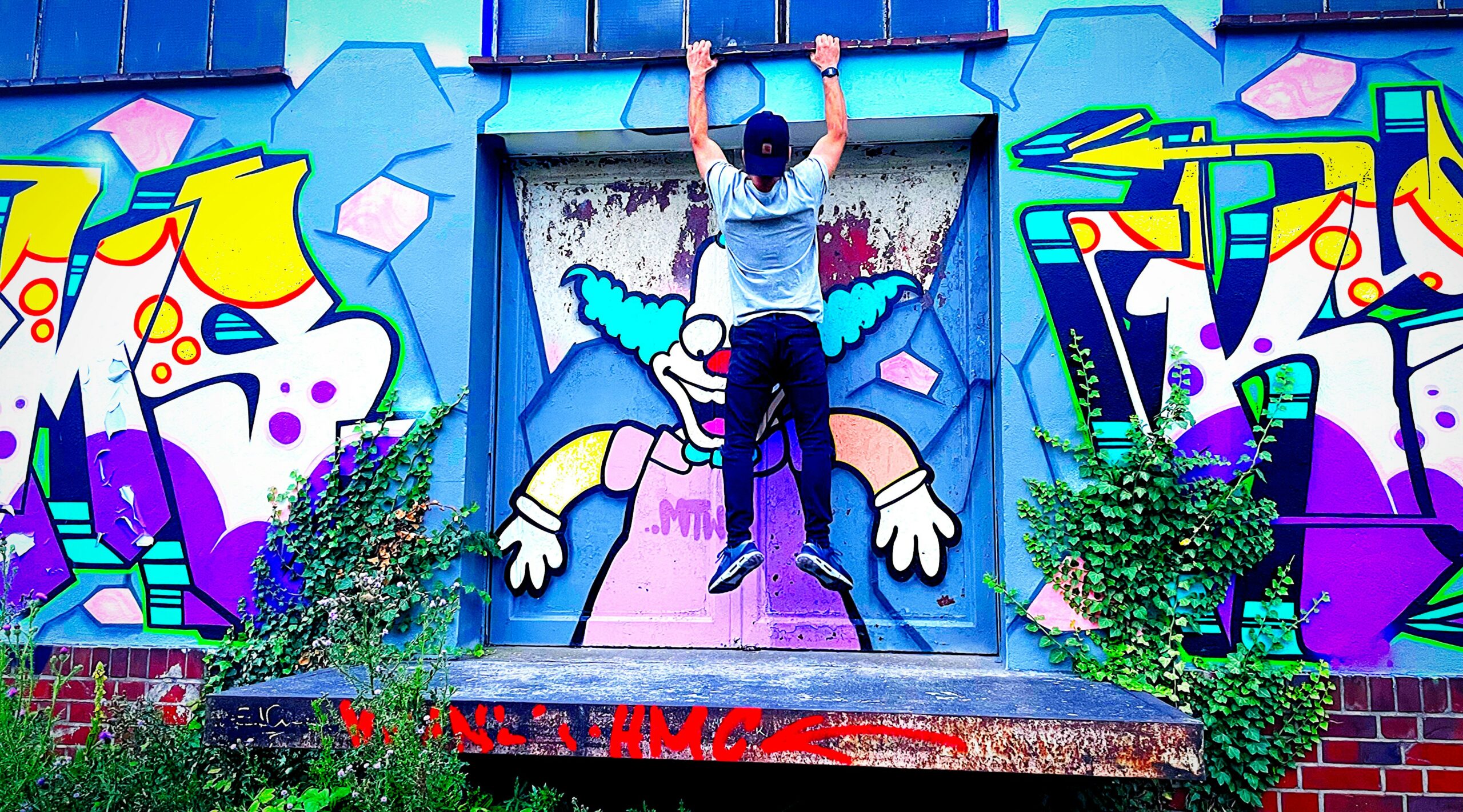Fashion has always reflected society’s values, political climates, and cultural shifts. Throughout the 20th century, fashion evolved at a rapid pace, heavily influenced by famous American designers, European couturiers, and social movements. In this in-depth journey through fashion design history, we will explore key periods like the 1920s designer fashion boom, the transition of 20th century fashion female identities, and iconic dresses of the 20th century that still inspire today’s trends.










